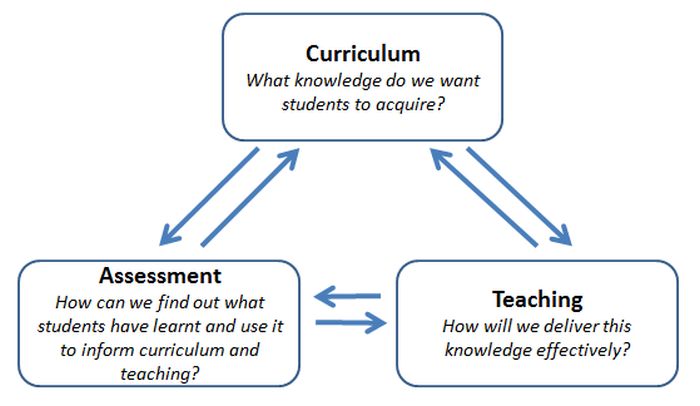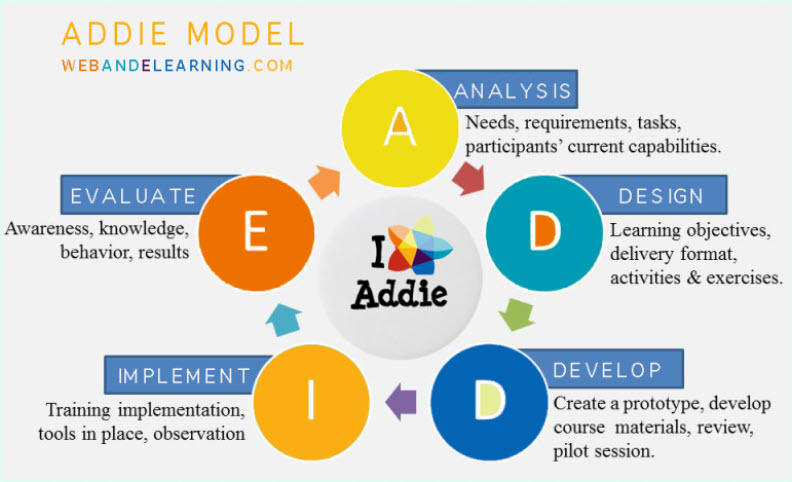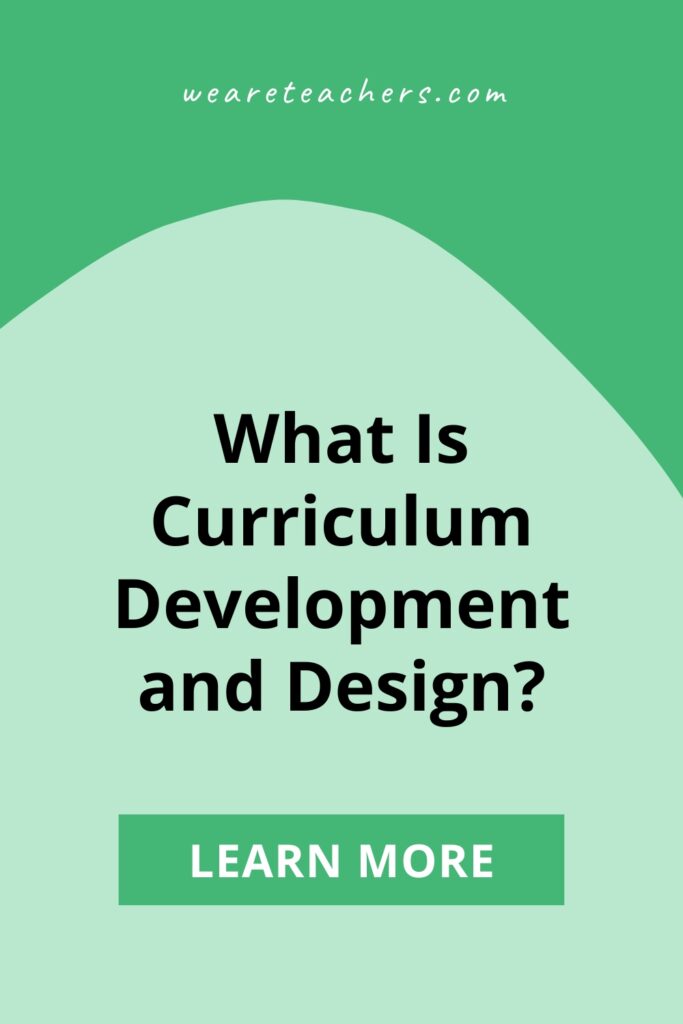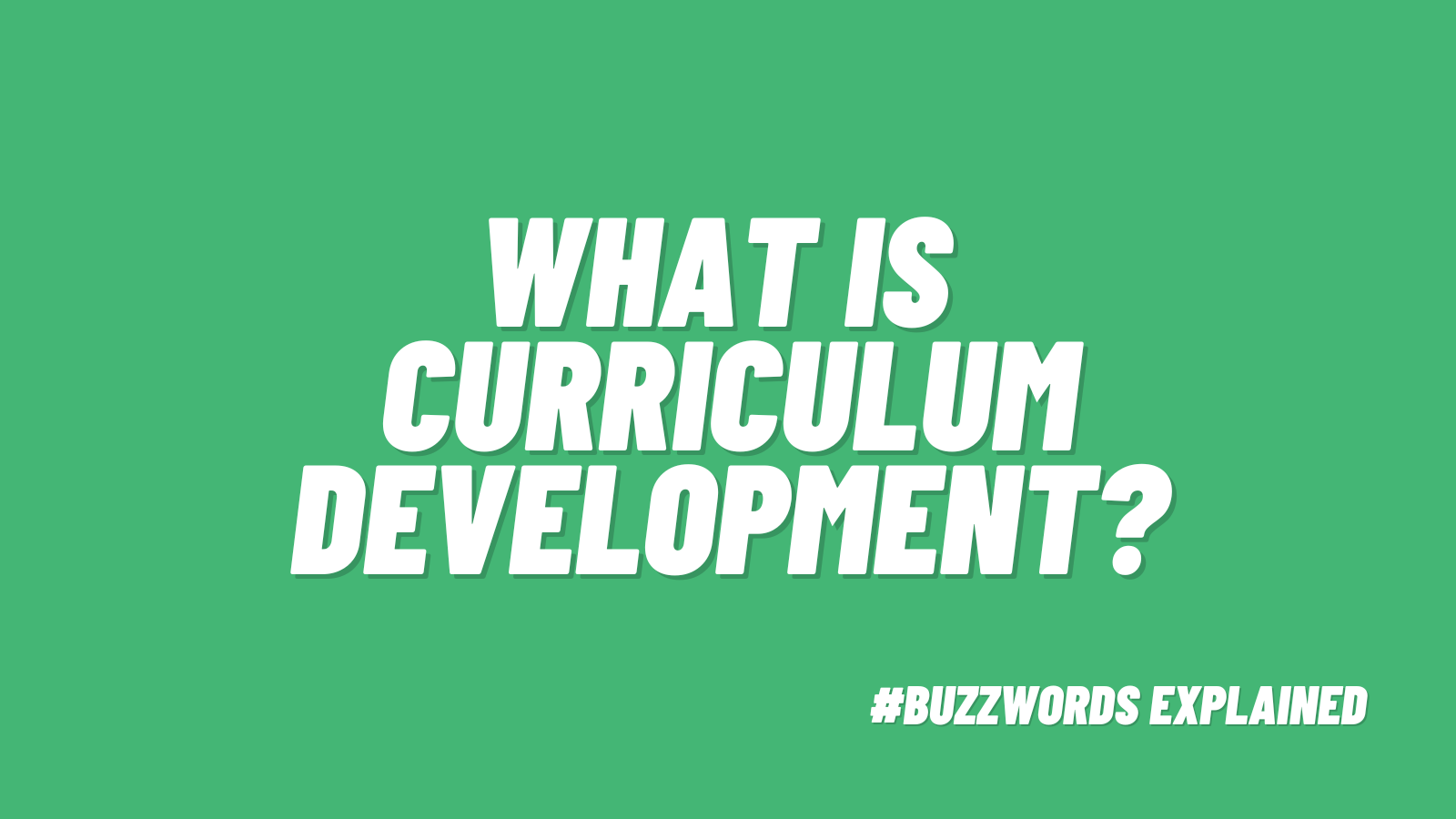As teachers know, quality education takes a lot of planning and preparation. One important part of this is curriculum development and design. But what exactly does that mean? Here’s a basic overview.
What is a curriculum?

Source: Class Teaching
At its most basic definition, a curriculum is the courses and content offered or taught by a school. The term is used in a variety of ways, from very broad (“a hands-on curriculum”) to quite specific (“a curriculum focused on Shakespeare’s comedies”). In essence, it can encompass anything being taught or learned. Note that the plural of “curriculum” is “curricula,” although you’ll also see the term “curriculums” used from time to time, which is also acceptable.
When it comes to talking about curriculum development in education, the term generally refers to the specific expectations for what students will learn in a particular course of study. For example, “The curriculum for Astronomy 101 focuses on the study of our solar system and galaxy.” It can also refer to an overall collection of courses that make up a wider curriculum, e.g., “the fourth curriculum includes courses in math, language arts, social studies, science, and beginning Spanish.”
Learn more about the term curriculum here.
What is curriculum development?
Curriculum development is the process of determining what students will learn in a specific course of study. At the broadest level, curriculum developers consider what subjects or topics are appropriate for the learning group. They then drill down into more detail in each subject or topic, setting the learning objectives and goals students will be able to achieve upon completing the course.
Discover more about curriculum development here.
How is curriculum development different from instructional design?

Source: D2L
Usually, curriculum development is defined as determining “what” students learn, while instructional design develops a process for “how” they will learn it. Curriculum developers decide that fifth graders should know how to multiply fractions. Instructional designers determine the best ways to teach students that particular skill.
In practice, though, these terms are often used interchangeably, and they march hand-in-hand. Many educators use the term “curriculum development” to encompass both the “what” and the “how.” But those who work in those specific fields will need to understand the difference in responsibilities between these two groups of people.
As noted below, K-12 teachers sometimes have little say in their overall curriculum (“what kids learn”). Learning objectives and standards are determined at a higher level. However, classroom teachers generally are given much more freedom when it comes to instructional design. They can often determine their own best methods for daily teaching and lessons (“how kids learn”).
Explore more about the differences between curriculum development and instructional design here.
Who is involved in curriculum development and design?
This varies depending on the type of curriculum. Possibilities include:
- Subject matter experts: To develop specific goals in a subject area or topic, designers consult with subject matter experts, often referred to as SMEs.
- Education experts: This includes researchers who study education, schools, and learning. They offer their informed opinions on reasonable expectations at specific ages and levels.
- Curriculum program and textbook publishers: Those who specifically design curriculum programs and textbooks employ people like SMEs and education experts to determine the content of their materials.
- Content creators: This includes technical writers, graphic designers, computer programmers, and more. These are the people who create the actual lesson plans and learning materials.
- Government and school officials: All 50 U.S. states have curriculum standards (such as Common Core) for grades K-12, created by government-appointed education experts and other interested parties. Many schools create their own curricula for each grade level or age group, involving school boards, superintendents, principals, or other officials.
- Educators: Teachers have varying levels of input on curriculum development. In public schools, they often must follow a prescribed curriculum set by the district or state. In other cases, teachers are given the ability to design a course from scratch, setting their own curriculum with learning objectives and goals.
Find out more about the people involved in the development and design process here.
What is the general curriculum development and design process?

Source: Futuristic Playground
The curriculum development and design process is lengthy (when done well). It involves a team of people, each with their own skills and responsibilities. Some people are involved at all phases of the process, while others specialize in certain steps. Here’s a quick outline of the overall process.
Analysis
This is one of the most important steps of the process. The team must consider who the learners are, including what can reasonably be expected of them developmentally and what background knowledge they have or need. They also must consider the overall learning needs, and determine whether they’re teaching a product (knowledge) or a process (how to do something). This step involves a lot of cooperation with subject matter experts and education experts, who can advise on the specifics.
Learn more about the analysis phase here.
Design
In this phase, developers use the information from their analysis to determine the measurable learning objectives for the curriculum. If their only goal is to create a set of learning standards, their job is done. However, if they’re creating a complete curriculum, such as a textbook, course, or online program, the work has only just begun.
Now, developers must decide on an educational approach: subject-centered, learner-centered, or problem-centered (or a combination). They also decide how progress will be assessed, and what acceptable outcomes are. They create a content map, laying out the overall plan for the curriculum. At this point, they have a basic roadmap overview of the course, units, and lessons; they’ve determined “what to teach.”
Learn more about the design phase here.
Develop
Now, it’s time to decide “how to teach.” The instructional design process gets into the nitty-gritty of methods and activities. Designers create step-by-step lesson plans and prepare the materials needed to support learning. This may include textbooks, workbooks, online interactives, educational games, instructional videos, hands-on learning activities, and more. Whatever they create, they must ensure these materials teach the learning objectives and approaches set during the design phase.
Learn more about the develop phase here.
Implement and Evaluate
In the final phases, curriculum developers and instructional designers put their plans to the test. They use test audiences to see their curriculum in action, and make changes and adjustments as they go. They continue these test runs until they’re satisfied that their curriculum program meets the needs identified in the analysis phase. Once the curriculum is fully implemented, ongoing evaluations continue, so the program can continue to be revised and updated as needed.
Learn more about the implement and evaluate phases.
How can I become a curriculum developer or instructional designer?
Most teachers spend at least some of their time doing curriculum development and instructional design. If you’d like to pursue these fields as a career, though, you have a few possible paths:
- Earn a degree: Programs are available at both the bachelor’s and master’s levels. Institutions have a variety of names for these programs, including curriculum development, curriculum design and development, curriculum and instruction, instructional design, and more.
- Take PD classes: Look for courses at your local university or professional development sessions for teachers. You can also attend workshops at education conferences to learn more.
- Work a side job: Many curriculum developers employ teachers to serve as educational or subject matter experts. This can lead to full-time opportunities down the road if you’re looking to make a career switch.
Have more questions about curriculum development? Join the WeAreTeachers HELPLINE group on Facebook to ask for advice and share your thoughts.
Plus, read 6 Questions Every Teacher Should Ask About Their Writing Curriculum.

